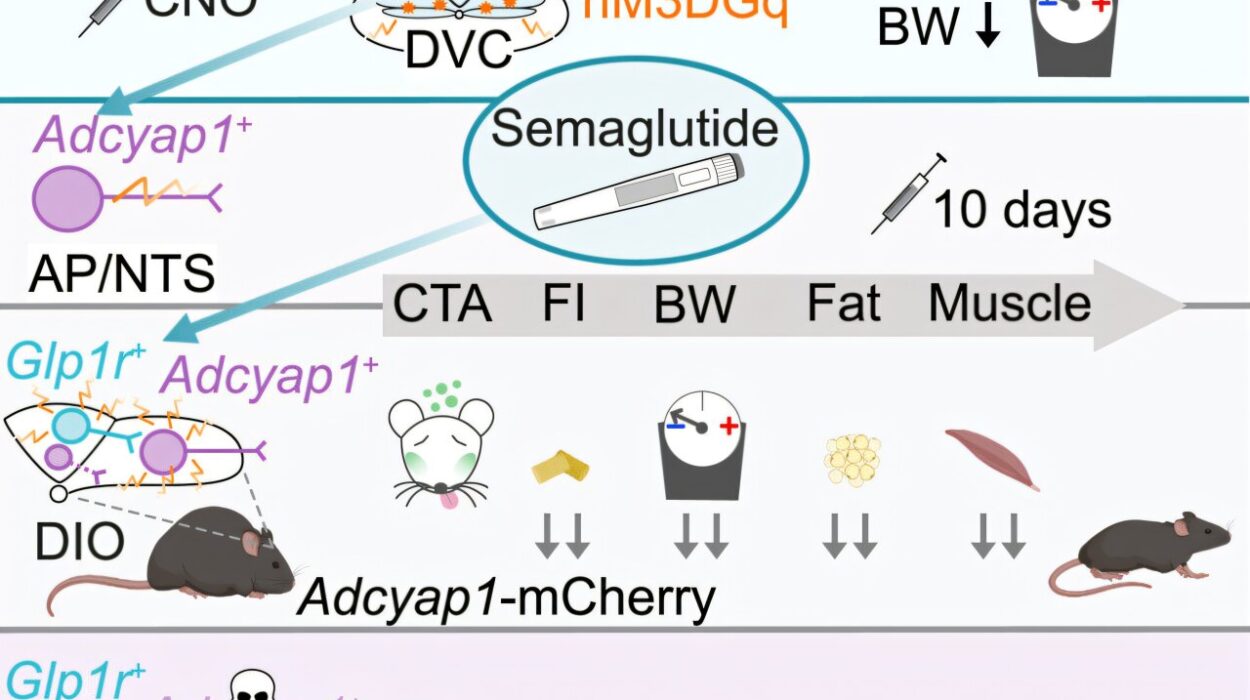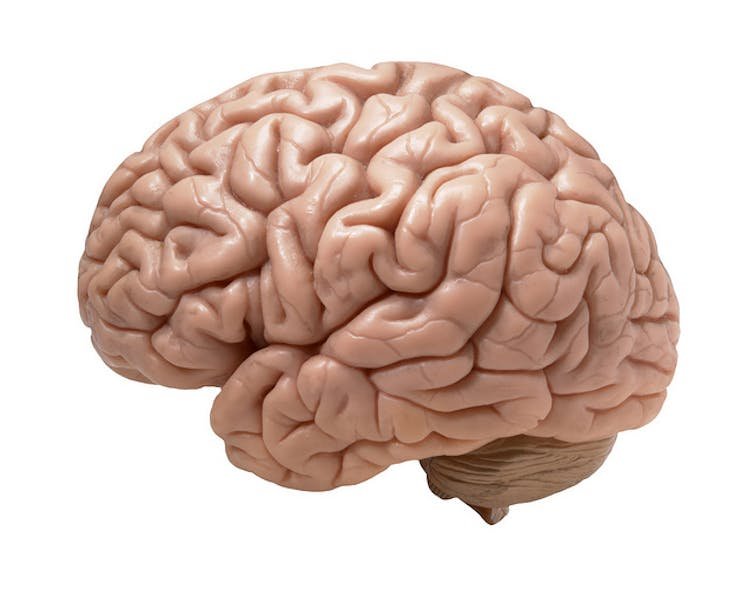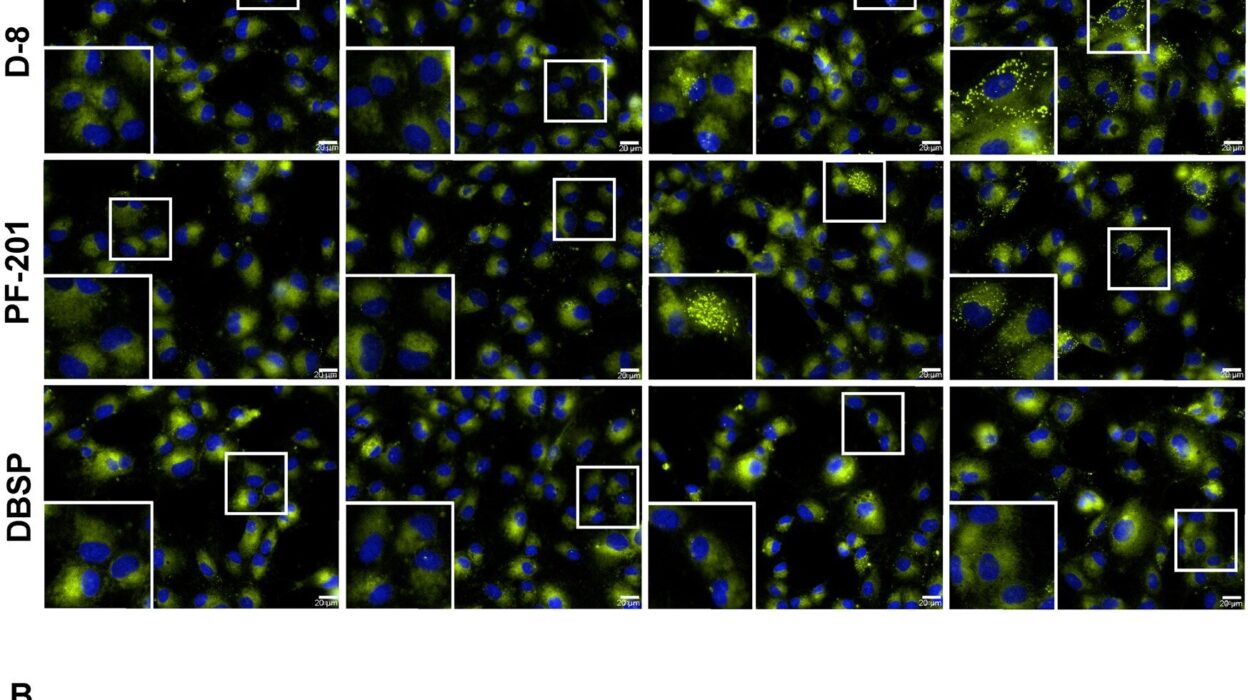Statins are the unsung heroes in modern medicine, saving millions of lives by lowering cholesterol and reducing the risk of heart attacks and strokes. But for many patients, there’s an unsettling catch. While these drugs offer life-saving benefits, they also come with a frustrating and painful downside—muscle pain, weakness, and in rare cases, severe muscle breakdown that can lead to kidney failure. It’s a paradox that has left doctors and patients alike wondering: Why do statins cause these troubling side effects, and is there a way to fix them?
This question has driven a team of researchers from the University of British Columbia (UBC) and the University of Wisconsin-Madison to embark on a groundbreaking investigation. Their recent findings, published in Nature Communications, have unlocked a key piece of the puzzle, offering a glimpse of hope for a new generation of statins that could eliminate these debilitating side effects.
The Hidden Culprit Revealed
The quest to uncover the cause behind statin-induced muscle pain led these researchers deep into the microscopic world of muscle cells. Using cutting-edge cryo-electron microscopy, a powerful imaging technique that reveals proteins at near-atomic detail, they set out to examine how statins interact with the proteins inside muscle tissue. What they discovered could change the way we think about statin therapy forever.
At the heart of the problem lies a muscle protein called the ryanodine receptor (RyR1), a gatekeeper for calcium within muscle cells. This protein plays a critical role in muscle contraction, allowing calcium to flow in when the muscles need to move. However, when statins bind to RyR1, they force the gate to remain open, causing calcium to leak continuously into the muscle cells. This constant influx of calcium is toxic and disrupts the delicate balance within the cells, leading to muscle damage, pain, and in severe cases, life-threatening complications.
“We were able to see, almost atom by atom, how statins latch onto this channel,” said Dr. Steven Molinarolo, the lead author of the study. As a postdoctoral researcher at UBC’s Department of Biochemistry and Molecular Biology, Dr. Molinarolo’s team was able to create an unprecedented visualization of the statin-protein interaction. “That leak of calcium explains why some patients experience muscle pain or, in extreme cases, life-threatening complications.”
The Complex Dance of Statins and Proteins
The research team focused on atorvastatin, one of the most widely prescribed statins, but the implications of their findings extend beyond just this one drug. They discovered that statins interact with the ryanodine receptor in a highly unusual and intricate way. Three statin molecules cluster together inside a pocket on the protein. The first molecule binds when the channel is closed, priming it for activation. Then, two additional molecules wedge themselves in, forcing the gate to open.
“This is the first time we’ve had a clear picture of how statins activate this channel,” said Dr. Filip Van Petegem, the senior author and professor at UBC’s Life Sciences Institute. “It’s a big step forward because it gives us a roadmap for designing statins that don’t interact with muscle tissue.”
This discovery marks a pivotal moment in the ongoing efforts to improve statin therapy. For years, doctors and patients have been aware of the muscle-related side effects, but until now, the underlying mechanism has remained a mystery. With this new insight, scientists have the tools they need to develop next-generation statins that could maintain the cholesterol-lowering benefits while minimizing the risk of muscle damage.
Toward a Safer Future for Statin Users
While severe muscle breakdown affects only a small fraction of the over 200 million statin users worldwide, the more common side effects, such as muscle aches and fatigue, are a significant concern. For many patients, these milder symptoms are enough to stop taking the medication, which can compromise the effectiveness of their treatment. This often leads to a dilemma: the very drug that could save their lives is also causing them pain, resulting in lower adherence to essential therapy.
With this new research, there’s hope for a solution. By understanding how statins cause muscle damage at the molecular level, scientists can now design drugs that reduce or eliminate these negative effects. It could mean a future where patients are able to take statins without fear of discomfort or debilitating side effects—allowing them to benefit fully from the life-saving properties of the drug.
“The goal is to make statins even safer, so patients can benefit without fear of serious side effects,” Dr. Van Petegem emphasized. And it’s not just about improving the safety of statins—it’s about improving the quality of life for millions of people around the world.
The Power of Advanced Imaging
One of the key aspects of this breakthrough lies in the technology used to make these findings possible. Cryo-electron microscopy, a technique that allows scientists to view molecules with extraordinary detail, was instrumental in this discovery. Thanks to UBC’s high-resolution macromolecular cryo-electron microscopy facility, the researchers were able to visualize the interaction between statins and the ryanodine receptor in unprecedented detail.
“Statins have been a cornerstone of cardiovascular care for decades,” Dr. Van Petegem said. “Our research highlights the importance of advanced imaging technology in helping us understand drug safety. This research is a perfect example of how new tools can lead to practical breakthroughs in medicine.”
By using such advanced imaging, the team was able to take what was once a vague problem—statin-induced muscle pain—and turn it into a concrete, scientifically backed insight that could have a profound impact on drug development in the future.
Why This Research Matters
For millions of people who rely on statins, this research could offer much more than a scientific breakthrough—it could lead to real, tangible improvements in their daily lives. By making statins safer and reducing the muscle-related side effects, patients may be able to stick to their prescribed treatments without fear of pain or discomfort. The result? More lives saved, better adherence to therapy, and an overall improvement in quality of life for those affected by heart disease.
This discovery is also a testament to the power of scientific collaboration and innovation. With the combined expertise of researchers from UBC and the University of Wisconsin-Madison, coupled with cutting-edge imaging technology, a long-standing problem in medicine has been tackled head-on. As a result, the future of statin therapy looks brighter than ever.
Ultimately, this research matters not just because it has the potential to change the way statins are used, but because it represents the ongoing journey of medical science—always seeking to improve, always striving for better, and always working to ensure that life-saving treatments do more than just prolong life; they make life better.
More information: Steven Molinarolo et al, Cryo-electron microscopy reveals sequential binding and activation of Ryanodine Receptors by statin triplets, Nature Communications (2025). DOI: 10.1038/s41467-025-66522-0






